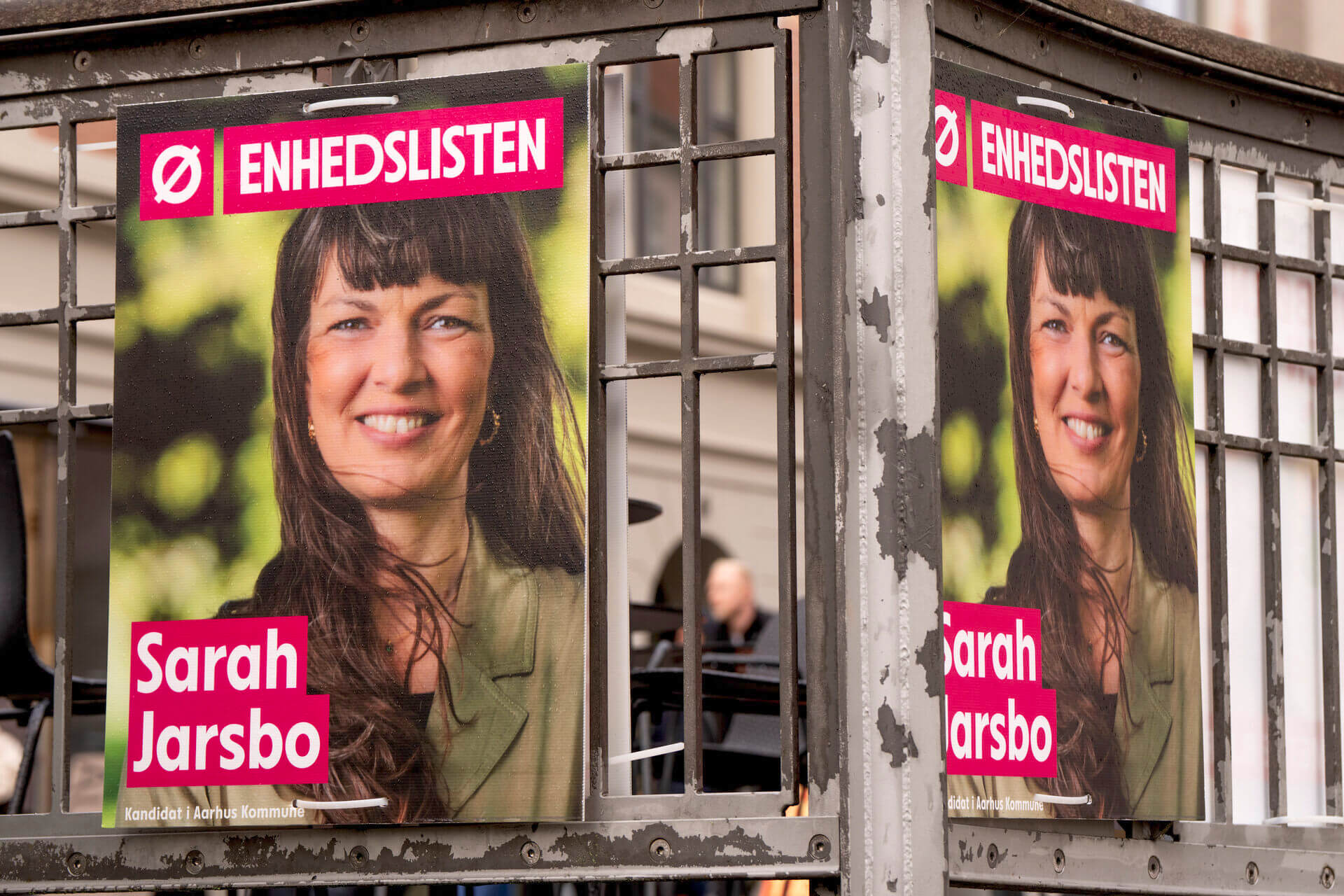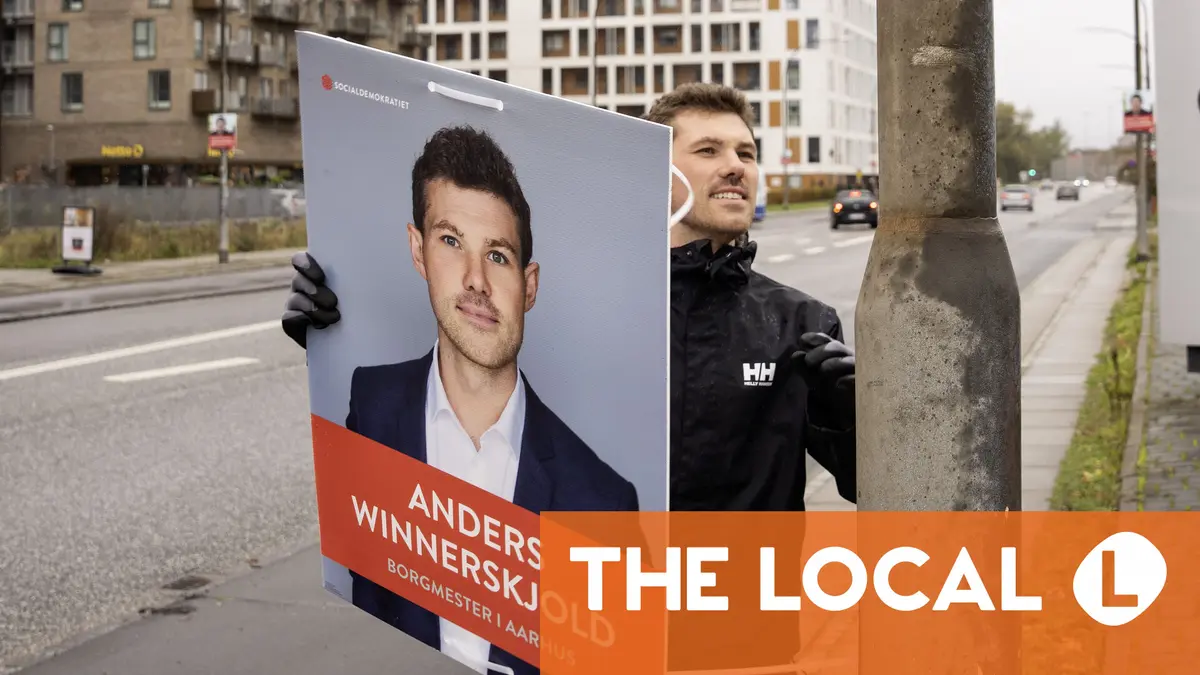Election time in Denmark means the streets become plastered with large posters displaying the faces of political veterans and newcomers, all hoping to gain voter attention.
Danish towns are now plastered with election placards ahead of local elections on November 18th.
They become a prominent feature of the landscape – so much so that studies have concluded they risk distracting drivers.
The placards cannot be removed by members of the public, as a man in Albertslund found after tearing down 300 of them and hiding them at his home.
He does not appear to have had a particular political affiliation, with the posters belonging to several different parties.
The man, who is in his forties, has already returned the placards to the town hall in Albertslund, local media Sjællandske Nyheder reported. He faces a vandalism charge for the incident.
But what are the rules relating to the posters and what can you do if one is placed right outside your window?
The exact laws and rules relating to election-time placards are set out by the Danish Interior Ministry on its website. The rules are the same across Denmark.
They state that political parties do not need to apply for permission to hang up the posters, provided they do it in compliance with the existing rules.
The rules set out the permitted size of the posters and the time frame during which they are allowed to be on display before and after an election.
Posters, valgplakater in Danish, must include a “campaigning message” on a weather‑resistant placard no larger than 0.8 m² according to the legal definition. However, the most common style of poster is simply a picture of the candidate’s head and shoulders with their name and party in large print.
Advertisement
Larger posters or party promotional material which falls outside of the placard definition will usually need permission to be displayed.
The posters may be hung up from midday on the fourth Sunday before election day, hence their sudden appearance last weekend with local elections scheduled on November 18th.
READ ALSO: How foreign residents can vote in Denmark’s 2025 local elections
In general elections, which may have less than four weeks’ notice, the posters can only go up once the prime minister has called the election.
All election posters, including the plastic cable ties which are generally used to hang them up, must be removed within eight days after the election.
They can be placed on public roads or land if this does not pose a traffic hazard or obstruct visibility, and on private land with the owner’s permission.
Any spot where the placard blocks road signs, or on protected property like schools, historical sites or churches is not allowed.
They are permitted to be fixed to both lampposts and electricity poles, and this is where most of them are in fact placed in any Danish town.
However, you might also see them on trees by the side of the road, on bridge railings or other parts of the road fixtures. They can’t be nailed or screwed in place because this would cause permanent damage.

Election posters on a pedestrian bridge. Photo: Bo Amstrup/Ritzau Scanpix
Each poster is meanwhile required to have contact details for the party and/or person who put them up. This is usually in the form of small print on the back but if it’s not present, the authorities can actually pursue the candidate on the poster if it breaks any rules – for instance to cover costs of removing an illegal poster.
Advertisement
Where are they not allowed?
You will not see election posters on motorways or motorway sliproads as this is against the law (not to mention how dangerous it would be for the people putting them up).
Neither are they allowed on large electricity pylons.
In urban areas, they cannot be placed on roundabouts and central reservations. They cannot be placed alongside or underneath road signs facing in the same direction.
They are also not allowed to be placed at a height under 2.3 metres.
If a poster is placed in a way that breaches the roads, authorities can advise the party in question, which has 24 hours to correct it. If this doesn’t happen, authorities can remove it.
The police or road authorities can immediately remove anything considered dangerous.
Who is not allowed to remove them?
Because the rules permit parties to place the posters on public fixtures like lampposts, their removal by a member of public can be technically illegal, as it counts as damage or interference with another person’s property.
This remains the case for a poster which happens to be in very close proximity to your driveway, garden or window.
Municipal authorities may enforce the law if complaints are made by parties or candidates, which could result in a fine for vandalism. In practice, minor offences often go unreported.
Removing 300 posters, however, probably reaches the threshold for a complaint.
